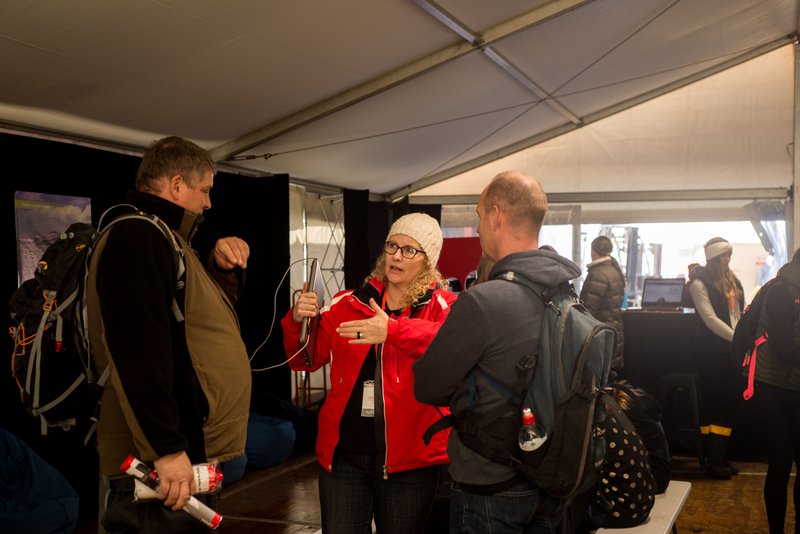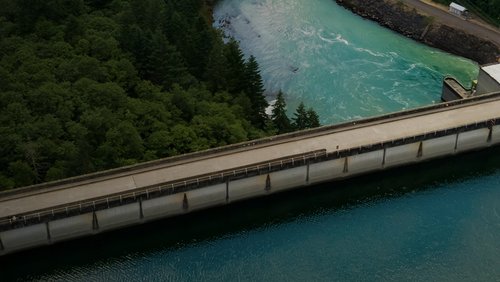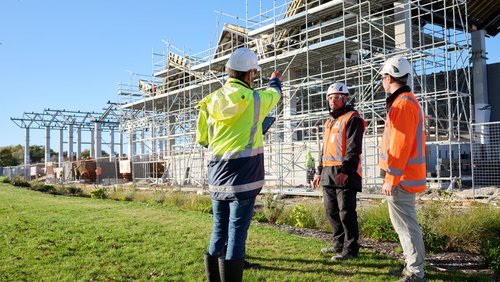4 Mar 2019
For engineers, getting the community on side with a project is more than just a tick box. It means thinking hard about how they can get involved.
As an engineering professional, you’re an expert at what you do. You have the experience and no doubt a fair few letters after your name. It’s why you’re trusted and why people get your help to solve complicated problems. And yet, when it comes to a project, whether it’s a road, a bridge or a new wing at the hospital, there’s another group of people with an expertise that’s hard to match. This is the locals – the people who live, work or travel in the area where your work is taking place. They know it better than anyone and will have to live with whatever you build.
More than ever, it’s important that you bring these people with you on your projects. Recent news coverage about infrastructure projects like cycleways shows just how necessary this is. The community has greater expectations than ever about having its say, and rightly too. Social media also makes it very easy for people to let you know when they’re unhappy, and when there’s enough noise online, you can be sure the mainstream media won’t be too far behind.
So, what does that mean for you as an engineer? How do you make the most of local knowledge while still getting your job done to a high standard? It can be done, and done well, if you take a few things into account – golden rules for community engagement.
Start talking to the community early and influence the business planning process. So often, engagement is treated like an add-on, or a tick box near the end of the project. For engagement that really matters, that gets the best results for both your project and the community, start thinking about it early. The sooner you can go out and talk to people about what you’re doing, the more likely you are to bring them with you. And we mean talk, rather than hiding behind social media. Be brave, front up.
We’ve worked on a tonne of road safety infrastructure projects and will go out and talk to people as soon as we know what road we’ll be working on, simply to get their views on what the problems and hazards might be. And they’re not always the things we’d expect.
Use plain English
There’s no chance of bringing people with you if you don’t use the language they use. This means leaving the technical jargon at the office. This can be harder than it sounds – the closer you are to a project, the less likely you are to know what needs explaining. For this reason, it’s always good practice to test your message before you go out into the community. And remember, this isn’t a case of dumbing it down, it’s opening it up for understanding.

Crestani's Community Engagement Manager, Janet Luxton, talking with locals at Fieldays.
Be honest about people’s ability to influence
Be open about how much input people can have or they’ll only be disappointed with the outcome. Maybe there are parts of your project that are a given – you wouldn’t expect a layperson to tell you what steel to use. But in our experience, every project has its wriggle room, the parts of it that can benefit from feedback and engagement with stakeholders and the community.
Be transparent about the impact of change – both positive and negative
On a similar note, it’s important to be open with the community about the pros and cons of any project. This isn’t the time for spin – if you don’t properly explain the changes your project might mean for people, they will feel ripped off. Being honest and transparent works best and it’s the right thing to do.
The sooner you can go out and talk to people about what you’re doing, the more likely you are to bring them with you.
Reflect the local perspective in your final plan
Finally, if you are going out to talk to people, then it’s important you show them what you’ve done with their feedback. Engagement should be a genuine conversation. On our safety projects, people have given us advice on how they use the roads we’re working on, explaining the way an intersection might become dangerous during rush hour, or why we need to leave a gap in a road side barrier so school buses can pull over. This gets used in project plans that we then share back with them.
As engagement professionals, this is what we’re there for: to get a result that works, one that uses the best of your project team’s expertise as well as the knowledge that only comes from living and working in a community.
About the author:
Shelley Crestani is the Managing Director of Crestani Engagement, a nationwide team of community engagement experts. Shelley and her team have worked on infrastructure projects in almost every corner of the country, helping to ensure community and stakeholder buy in.




